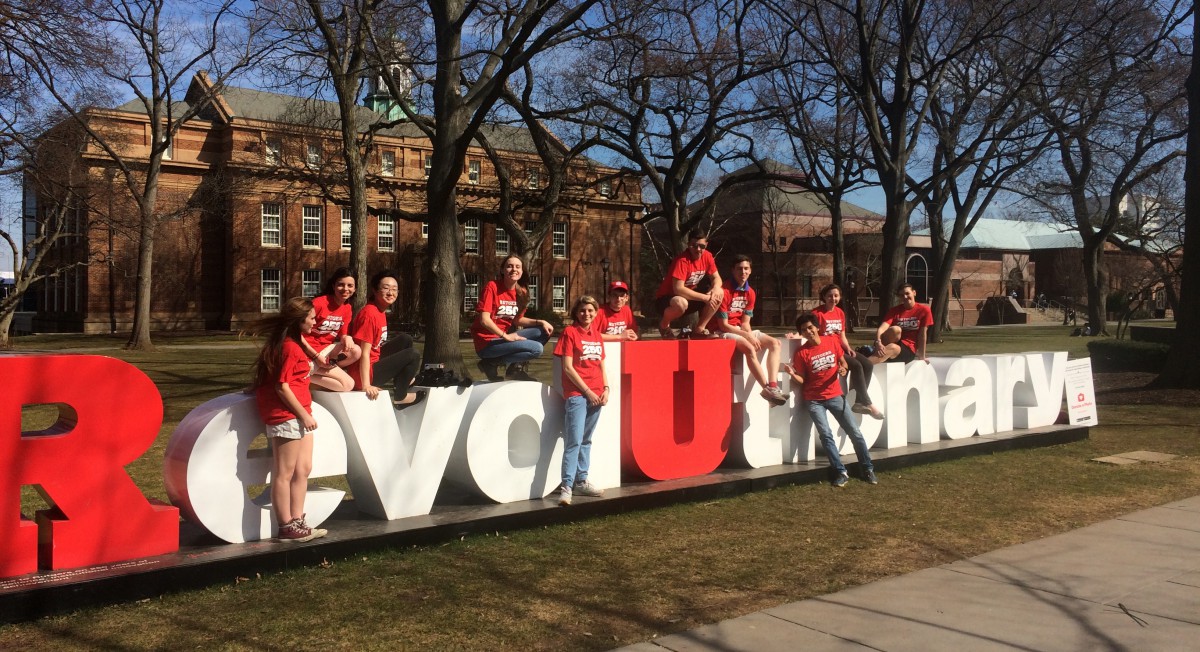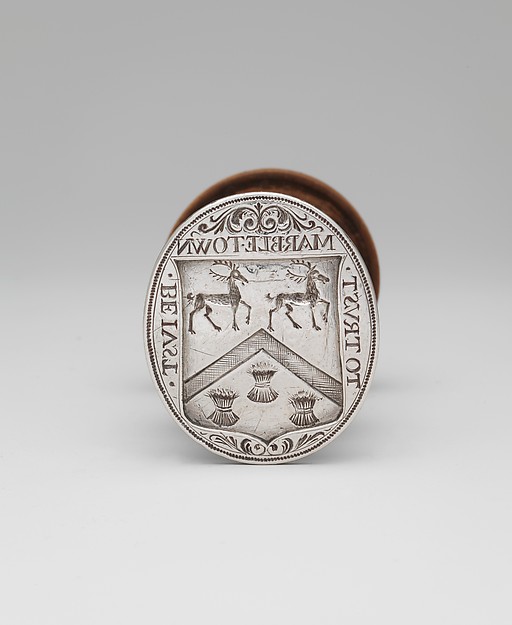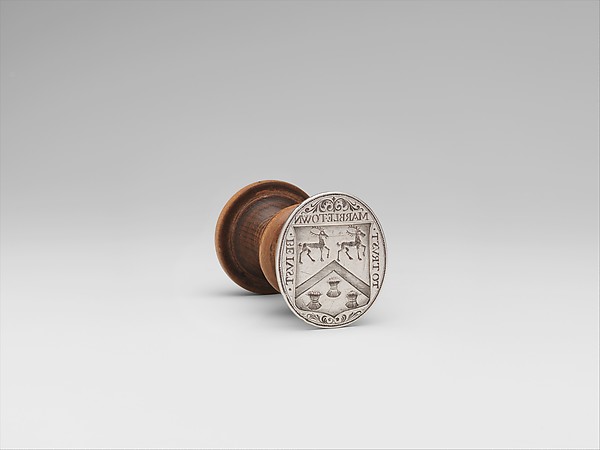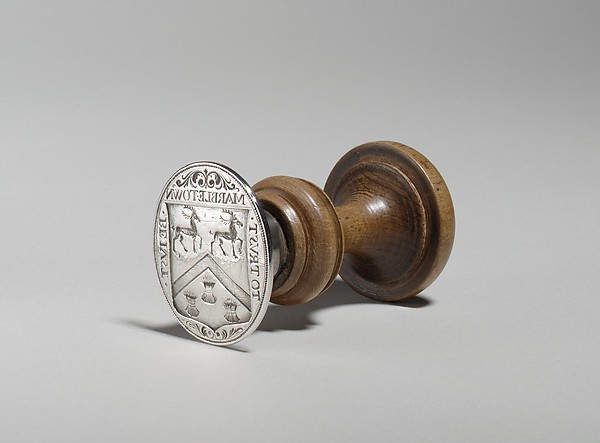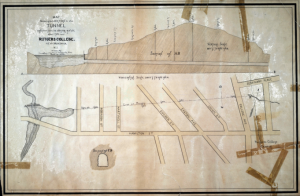By Jake Migdail-Smith, Dori Kasper, Colin Stard, and James McCaughan (Section 2)
The Rutgers Clock Tower at College Avenue
One of the most iconic images of Rutgers is the Rutgers Clock Tower, nestled above the doorway to the College Avenue Barnes and Noble. Its bright red lettering and huge size dominate the surrounding scene, and it serves as a constant reminder or two things: the longevity of Rutgers University that has allowed it stand the test of time for 250 years, and the modern reliance we have on timekeeping, a problem first practically solved by the Dutch.
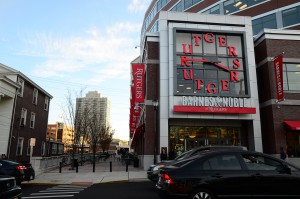
The clock is located at 126 College Ave, New Brunswick, NJ 08901. The clock was presented by a class graduating from Rutgers. Considering the connections between the Dutch and Rutgers University, as well as the Dutch invention of the pendulum clock and wristwatch, it serves as a more than appropriate gift.
The clock is a huge part of our daily lives. We wake up to the clock, we work by the clock, we base our whole day around the clock. That is why we chose the clock as our artifact. Whether it’s a cell phone, a watch or a wall clock, clocks are a huge part of modern life and they have been for centuries. The impact that timekeeping has on us is one that is mostly taken for granted. This impact can be traced back to the work of Dutch inventor Christiaan Huygens and his invention of the first pendulum clock in the year 1656, an invention that provided the world with both accurate and accessible timekeeping from then on. Prior to this clocks had been available but only on a large scale basis. For instance, many people relied on clocks in cathedrals that utilized massive weight systems, and they were incredibly inaccurate. While the invention was later refined with escapement systems and metallic alloys that accounted for the temperature differences in the pendulum, the inciting of the first accurate clock can be traced to the Netherlands.

Trans-Atlantic travel was already possible at the time that the clock was invented, along with later addition of the more accurate spring driven watch, invented by Huygens as well. Nevertheless, the more precise clocks afforded sailors with a trustworthy way to track their location on the globe, and even proved useful centuries later with the rise of airplanes. With eased navigation New Jersey and the United States were allowed to grow and prosper through trade with Europe and the rest of the world. Later on pilots too were able to navigate effortlessly and know where they were using the inventions that were first born in the Netherlands. Clocks were essential to the development of the New World, reflecting the large role that the Dutch played in the establishment of the first North American settlements.
The illustrious face of the Rutgers Clock Tower at College Avenue has parallels to the value that the Dutch have provided in their groundbreaking ingenuity in timekeeping. Just as the Dutch are often times taken for granted in their presence in early America, clocks are taken for granted as well. Knowing the time is crucial to the modern way of life, and the Rutgers Clock Tower emanates that very notion of the reliance on time that is distinctive to the world today.
Works Cited:
http://www.britannica.com/technology/clockhttp
http://www.britannica.com/technology/watch
